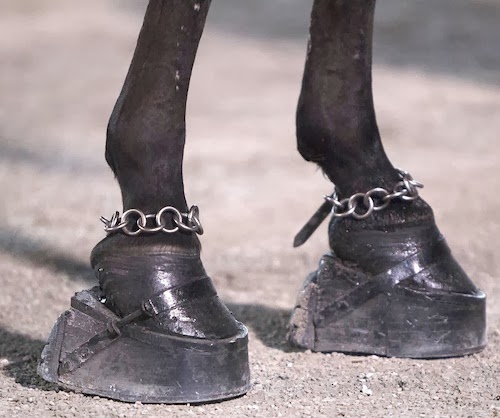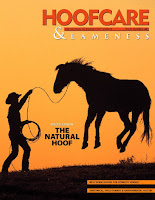What's in a name?
The American Veterinary Medical Association (AVMA) Executive Board approved revisions to the new
2011 Model Veterinary Practice Act (MVPA) in November 2011, and those changes became official on January 7, 2012 when the AVMA's governing body, the House of Delegates, approved the document.
The Model Veterinary Practice Act is just that: an approved sample ("model") document that is promoted by the AVMA as reflecting the verbiage and policies it would like to see adopted in each of the 50 states as the ideal state veterinary practice act.
That said, each state can and probably will make some changes; the states usually end up with documents that vary on some level related to how veterinary practice is conducted or regulated.
Each time the MVPA is changed, the AVMA opens a comment period for members and the public to have their say. That period has now passed.
The AVMA reported that it received "985 comments on individual sections of the model act. About 70% of the comments were submitted by non-members, and 10% came from organizations as opposed to individuals. The sections attracting the most comments are Section 2 (definitions, especially “complementary, alternative and integrative therapies” and “practice of veterinary medicine”), Section 6 (exemptions to the act), the preamble (general comments) and Section 3 (board of veterinary medicine)."
While horseshoeing had been previously excluded from practicing veterinary medicine, this year's edits (Section 6. Number 8) showed a line drawn through the word "horseshoeing". It was changed to "farriery".
The old document read
The document-in-progress showed the change:
The exemption now reads "Any person lawfully engaged in the art or profession of farriery."
No explanation is given for the change, and while other words are defined, "farriery" is not.
Although other professions, such as pharmacists and researchers, are also listed as exempt, farriers are one of only a few professions predicated by "lawfully engaged". And it is the only one described as an "art or profession".
Since farriery and other hoof-related professions are not regulated in the United States except on racetracks, the language begs the question of how it would be determined whether or not an individual was
lawfully engaged in providing farriery care to an animal.
And what, exactly, farriery is.
The word change in the horseshoeing--or farriery--section is probably a minor matter in the big picture of things, but it should be duly noted. "Horseshoeing" is the word traditionally used in all US government documents; farriery is seldom mentioned. The word seems to have been dusted off, perhaps around the time of the formation of the American Farrier's Association and it has enjoyed a renaissance, particularly in the past 30 years or so.
That said, it remains poorly defined and some hoof-oriented professionals simply don't like the word, while others prefer it. You can call yourself whatever you please--except a veterinarian, unless you are one.
The general public, however, is behind the curve; people are usually convinced that a farrier either makes fur coats or carries people back and forth across rivers in a boat. They think "farrier" is a great word for "Words with Friends" on their iPhones.
Repeated calls and emails to the AVMA and its task force administrators were not acknowledged or returned except for one interchange with a media relations representative who referred me to the librarian. I did enjoy my conversation with Diane Fagen, AVMA librarian, who set out to find out if a farrier was defined anywhere by the association.
Being a good librarian, she cheerfully suggested we look up farrier in the ultimate reference, the
Oxford English Dictionary. I warned her not to, and that attorneys roll their eyes at OED definitions, but she did anyway.
"Oh my," Ms Fagen murmured, reading aloud a lengthy definition of the term "farrier" that seems woefully outdated, though historically accurate. "It means horse doctor," she concluded.
"I can see why you called," she acknowledged. But no, she didn't have any information on why the word had been changed.
But that's how change happens, sometimes: it just does.
© Fran Jurga and Hoofcare Publishing; Fran Jurga's Hoof Blog is a between-issues news service for subscribers to Hoofcare and Lameness Journal. Please, no use without permission. You only need to ask. This blog may be read online at the blog page, checked via RSS feed, or received via a digest-type email (requires signup in box at top right of blog page). To subscribe to Hoofcare and Lameness (the journal), please visit the main site, www.hoofcare.com, where many educational products and media related to equine lameness and hoof science can be found. Questions or problems with this blog? Send email to blog@hoofcare.com.
Read this blog's headlines in your Facebook news feed when you "like" the Hoofcare + Lameness Facebook Page
Disclosure of Material Connection: I have not received any direct compensation for writing this post. I have no material connection to the brands, products, or services that I have mentioned, other than Hoofcare Publishing. I am disclosing this in accordance with the Federal Trade Commission’s 16 CFR, Part 255: Guides Concerning the Use of Endorsements and Testimonials in Advertising.






.jpg)








